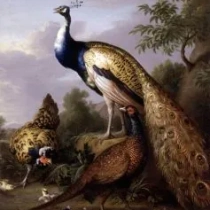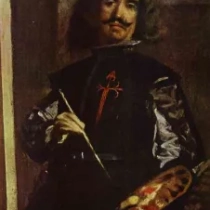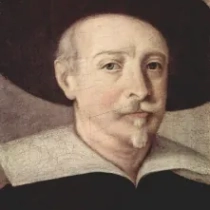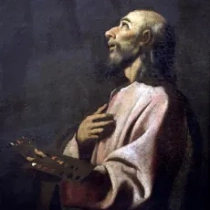 1680 - 1764
baroque
1680 - 1764
baroque
Description Sebastiano Conca
Sebastiano Conca, born in 1680 in Gaeta, Italy, carved a distinctive niche for himself in the vibrant tapestry of Italian Baroque art. His journey, marked by an early passion for the arts and a relentless pursuit of perfection, unfolded against the backdrop of a dynamic and evolving cultural landscape.
Conca's artistic apprenticeship commenced in Naples under the tutelage of Francesco Solimena, a prominent Baroque painter. His inherent talent quickly became evident, and he ventured beyond Naples, absorbing influences from the artistic centers of Rome and Venice. This eclectic exposure shaped his style, fusing elements of Neapolitan theatricality with the grandeur of Roman classicism.
The allure of Rome proved irresistible for Conca, where he immersed himself in the city's artistic fervor. His collaborations with the renowned architect Filippo Juvarra on decorative projects in Turin further showcased his versatility, extending his artistic reach beyond traditional painting.
A pivotal moment in Conca's career came with his association with the exiled Stuart court in Rome. His patronage extended to the exiled Jacobite pretender to the English throne, James Francis Edward Stuart, for whom Conca executed several grand works. This association elevated Conca's status, securing prestigious commissions and royal favor.
Conca's oeuvre encompassed a wide range of subjects, from religious and mythological themes to portraiture. His religious compositions, marked by luminous color palettes and dynamic compositions, reflected the theatricality inherent in the Baroque tradition. Noteworthy works include the frescoes in the cupola of the church of San Nicola dei Lorenesi in Rome.
His portraiture, infused with a sense of aristocratic elegance, captured the nuanced personalities of his subjects. Conca's ability to convey both the divine and the earthly demonstrated his mastery over the emotional and stylistic spectrum.
In his later years, Conca's reputation continued to soar, leading to his appointment as the principe of the Accademia di San Luca in Rome. His role in shaping the academic and artistic landscape of Rome underscored his influence on subsequent generations.
Sebastiano Conca passed away in 1764, leaving behind a legacy that seamlessly wove together the theatrical dynamism of the Baroque with the classical elements of the Roman tradition. His impact on the exalted circles of European courts and his contribution to the visual vocabulary of the Baroque era secured his place among the luminaries of Italian art. Conca's canvases, imbued with dramatic flair and artistic finesse, remain a testament to his enduring presence in the annals of Baroque aesthetics.
Gallery
Paintings Sebastiano Conca
Quotes
Art is the daughter of freedom.
The art of the painter is the art of expression, the art of meditation, the art of true vision and knowledge of nature’s beauty.
Art is the imitation of the beautiful in nature.
The painter’s aim should be to touch the soul rather than the eye.
True art is the expression of the divine, which is always an expression of love.












No Comments Yet...